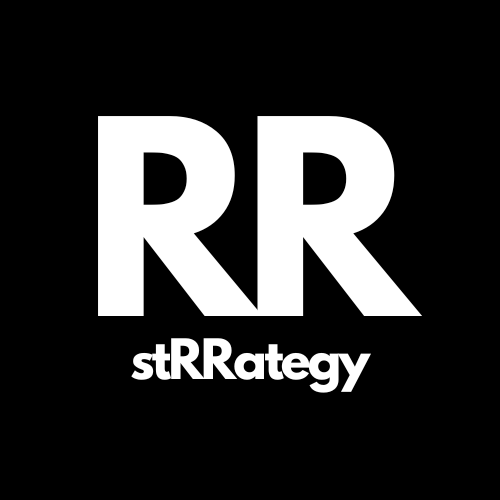Hedge funds, known for their aggressive investment strategies and significant leverage, are subject to a diverse range of regulations across the globe. These regulations are crafted to safeguard investors and maintain market integrity without stifling financial innovation. For professional traders and fund managers, understanding the nuances of these regulatory frameworks is crucial for operating effectively and compliantly in international markets. This article explores the comparative landscape of hedge fund regulations in key financial jurisdictions: the United States, the European Union, and Asia.
United States: SEC Oversight and Dodd-Frank Implications
In the United States, hedge funds are primarily regulated under the Securities and Exchange Commission (SEC). Key regulatory measures include the Dodd-Frank Wall Street Reform and Consumer Protection Act, which has increased transparency and reduced risks associated with hedge fund operations. Under Dodd-Frank, hedge funds are required to register with the SEC if they manage over $150 million in assets, subjecting them to periodic inspections and compliance audits. These funds must also report detailed information about their trades and portfolio holdings via Form PF, enhancing market transparency and monitoring systemic risk.
Moreover, the U.S. imposes rules regarding advertising and solicitation practices, stipulated under the JOBS Act, allowing hedge funds to advertise to accredited investors but with stringent compliance requirements to verify the accreditation status of investors.
European Union: AIFMD and Its Cross-Border Implications
The regulatory regime in the European Union is largely governed by the Alternative Investment Fund Managers Directive (AIFMD), which applies to hedge fund managers operating within or marketing to investors in the EU. AIFMD focuses on increasing transparency, protecting investors, and monitoring systemic risk. It requires fund managers to obtain authorization and adhere to ongoing operational and organizational requirements.
AIFMD also imposes leverage limits, and mandates reporting on liquidity management, risk management, and arrangements with third-party service providers. Importantly, AIFMD includes a “passport” system, allowing managers from one EU member state to market funds across other EU states without additional authorization, thus facilitating easier cross-border distribution of funds.
Asia: Diverse Regulatory Environments
In Asia, hedge fund regulations vary significantly by country, reflecting diverse financial markets and economic policies. For example, Hong Kong and Singapore have established themselves as leading hedge fund hubs in Asia due to relatively favorable regulatory environments. Hong Kong’s Securities and Futures Commission (SFC) oversees hedge funds, focusing on suitability requirements for investors and requiring detailed disclosures. Singapore’s Monetary Authority of Singapore (MAS) similarly regulates hedge funds under its framework for fund management companies, which are expected to adhere to robust risk management and operational procedures.
Conversely, China’s hedge fund industry is regulated under stricter conditions. The Asset Management Association of China (AMAC) requires hedge fund managers to register and imposes specific compliance requirements aimed at controlling financial risks and ensuring the stability of financial markets.
Summary
While the U.S. and EU have robust, well-established regulatory frameworks aimed at ensuring transparency and reducing systemic risk, Asia presents a more fragmented regulatory landscape that reflects its varied economic and financial development stages. For hedge funds operating internationally, navigating this complex regulatory environment requires a deep understanding of local laws and regulations, as well as an agile compliance strategy that can adapt to evolving regulatory demands. As global financial markets become increasingly interconnected, the trend may lean towards harmonization of regulations, yet local nuances will likely persist, underscoring the importance of local expertise in global operations.













